Getting Started With The Cello
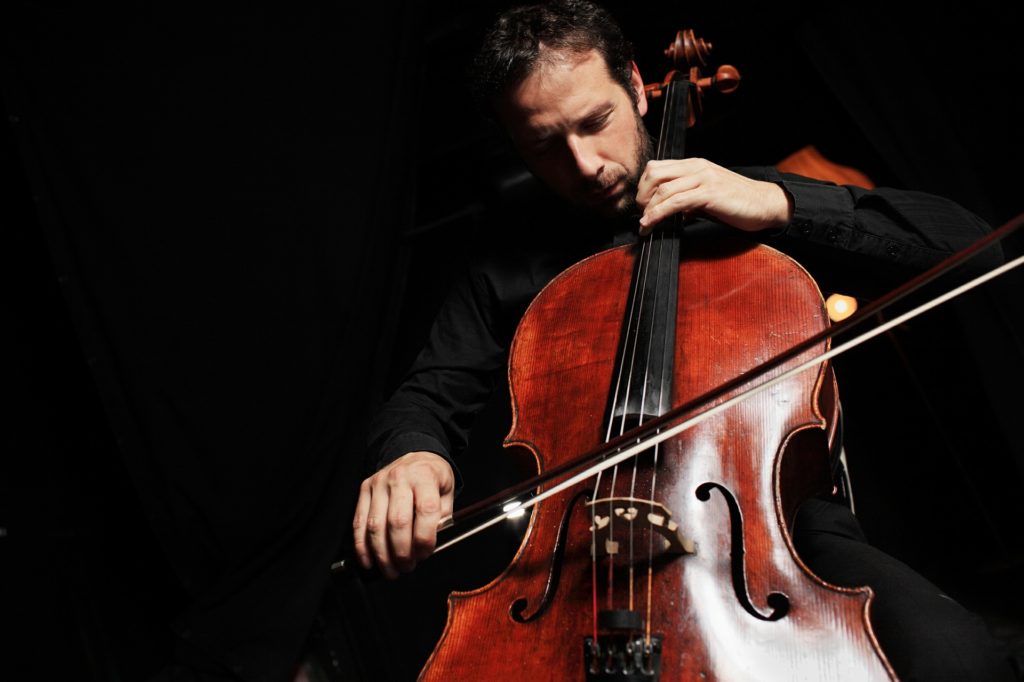
The cello is another one of my favorite instruments. It is a string instrument in the violin family. It is the perfect sibling to the other sting instruments, especially the violin. The instrument if often played with the bow but is often plucked to produce a wonderful sound. The instrument is tuned in perfect fifths: from low to high, C2, G2, D3 and A3, an octave lower than the viola. The music for the cello is mostly written in the bass clef, with tenor clef and treble clef used for higher-range passages. Like the violin, starting the cello takes a financial investment and a time investment.
There are some things you should consider if you or your child is going to start playing the cello. The investment in the cello is more expensive than the violin since the instrument is larger. So there are a few questions that need to be asked. What is driving you to play the cello? Do you have the patience to play? Are you willing to practice 25-35 minutes at least 5 days a week?
To see my available Party Label Bundle Downloads, click here: https://majorgates.com/product-category/party-bundles/
Something To Consider
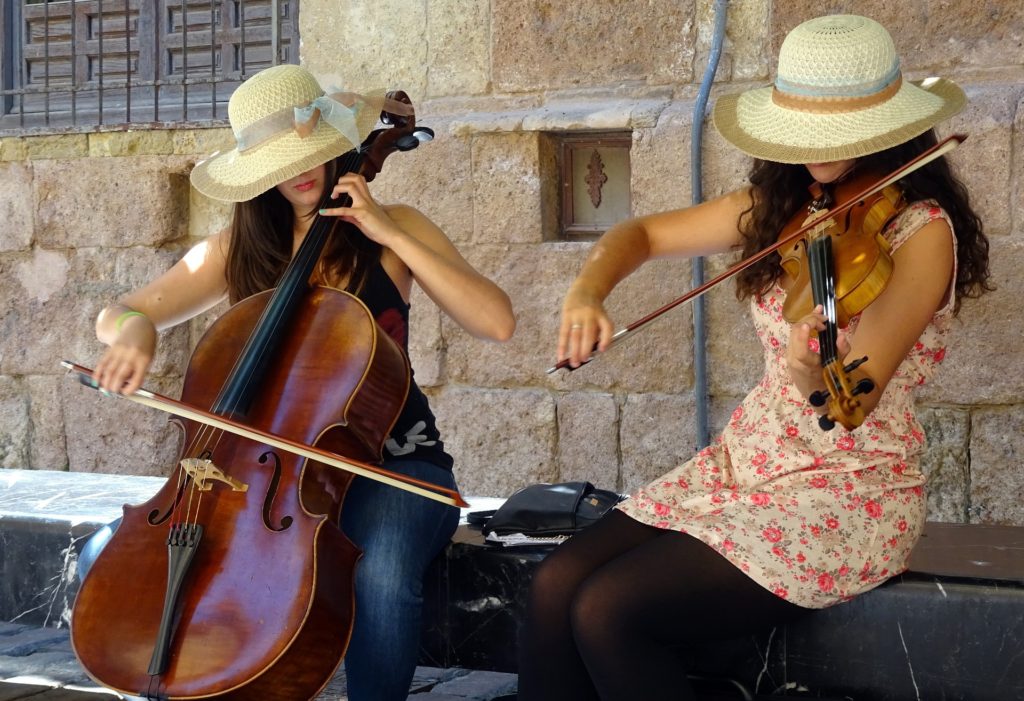
You can find a cello on-line but the quality is likely to suffer. I do not recommend buying a cello on-line unless it is from a reputable music store. When you decide to play the cello, I suggest you rent the instrument first for at least 6 months. To rent them is about $35-$60 a month and most music shops will apply your rental fees to a purchase. Then this allows you to determine if you will stick with the cello. If not, you are out the lesson fees, supplies and a few months rental. So you can decide if you are going to continue, quit or move on to another instrument. Another great thing about rental is that they include maintenance for the instrument and string replacement. If you rent long term, many stores will order a new instrument when you pay it off.
Don’t Forget To Follow Me On Pinterest!
To learn more about Music and Asperger’s, read my post here: https://majorgates.com/special-needs/music-and-aspergers/
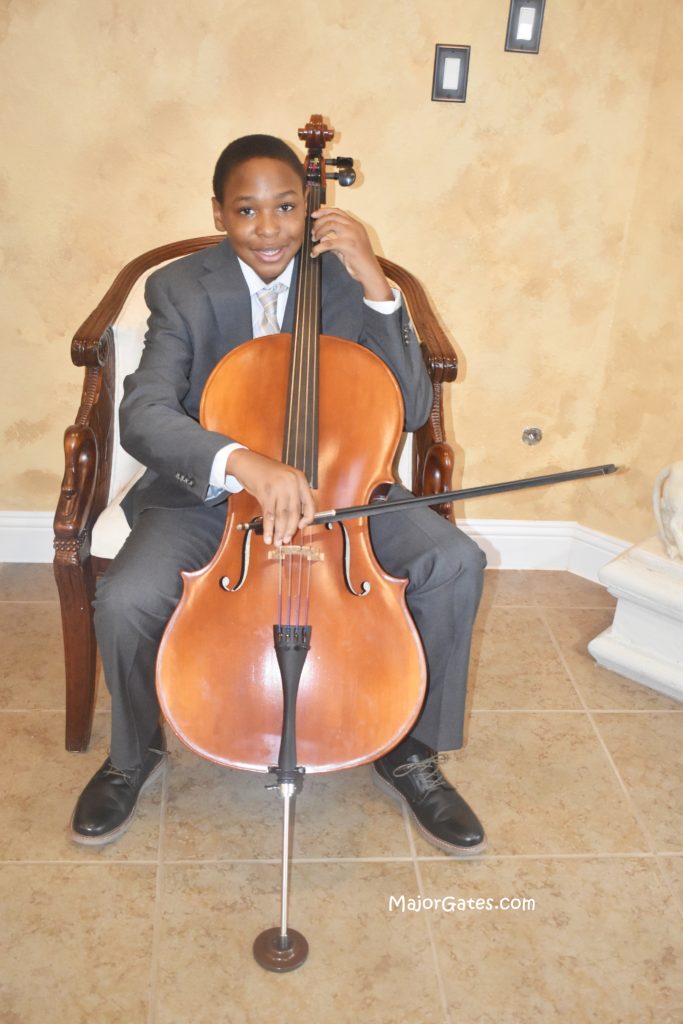
Selecting A Cello
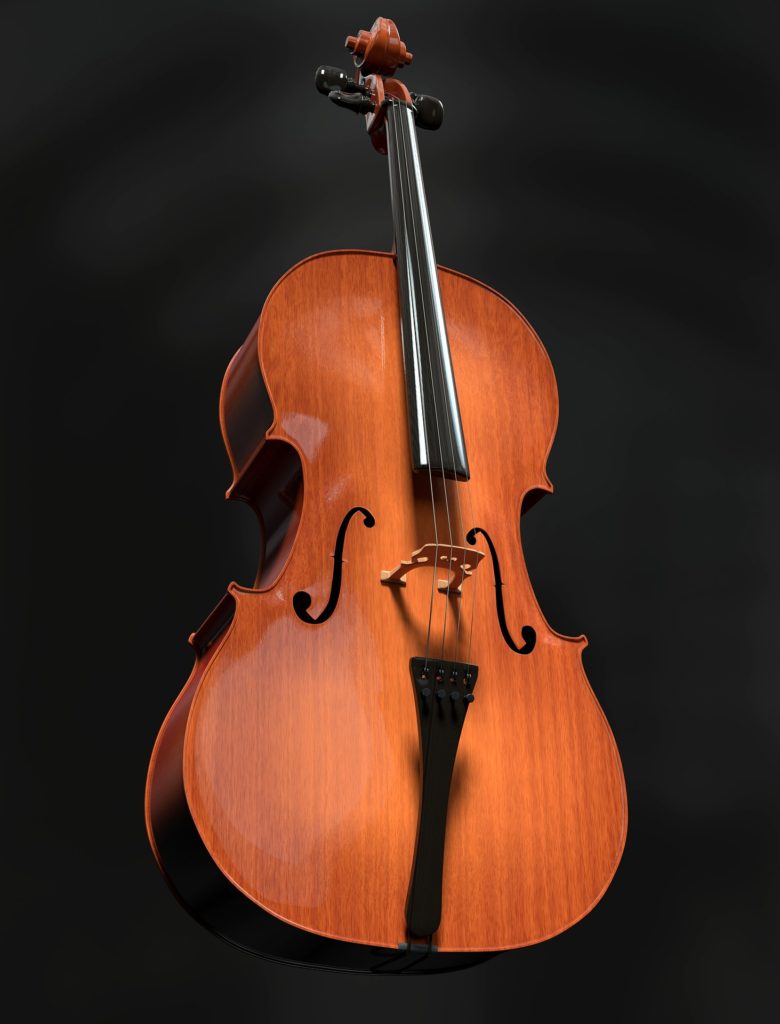
Going to a music store can help you select a cello. A music teacher can also size your child. Music stores also will help properly size you or a child to the right size cello. Cellos are sized differently than violins and are sized when the player is seated.
The student is measured by the student sitting upright in a chair so the legs and body form a 90-degree angle. (Be sure the student is sitting up straight as this affects the measurement.) Then the student is measured by a straight line from the left ear to the top of the left thigh. So this length corresponds to the distance between the cello C peg and the top of the c-bout where the knees are positioned.
Cellos come in 4 sizes like the violin. So kids can start to play the cello as early as 6 years old. The preferred age is around 9 years old due to the training required and the size of the instrument. If a child starts a little later it is fine. Also if a child plays another instrument first, they will have an easier learning curve.
Cello Sizes
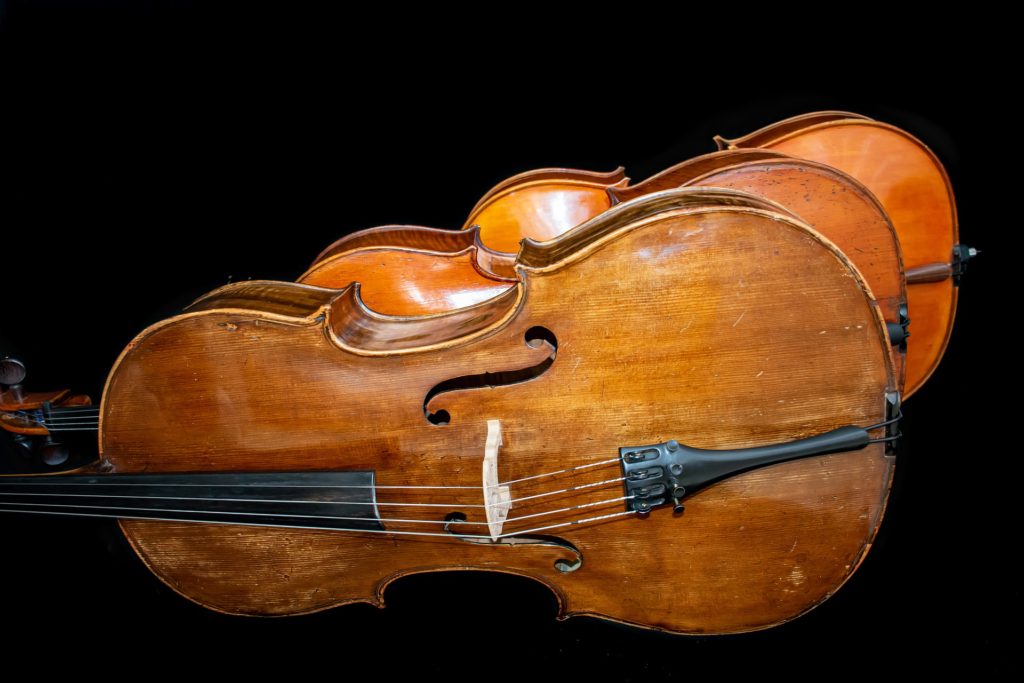
Cello Measurements C peg to Top C bout:
4/4 Cello – 22.5″
¾ Cello – 20.5″
½ Cello – 19.5″
¼ Cello – 17.5”
Cellos range in price between $1,000 -$6,000. So once a child is going to stick with the instrument, a good price range for a cello is from $3,000.00 – $6,000.00. This should last from elementary, middle school and high school. If your child decides to play in college and with orchestra’s, it is likely to invest in a more expensive cello.
The sound quality and clarity is what is important in a good instrument. Overtime, your ear can hear the difference when played. Take special care of the cello, so make sure your child understands the importance of taking care of their instrument.
Self Taught vs. Classically Taught

Many people question if they need lessons. I do recommend that they do invest in weekly lessons, especially for children. If you are playing for your own enjoyment and as a hobby, then you probably can get away with watching videos on-line. The difference is that when you are trained by a classical teacher, you learn the correct format, positions, methods and proper ways to play musical pieces. Like with anything, practice becomes habit, so if you learn incorrectly, it is difficult to correct later.
A cello teacher will cost between $30-$60 per lesson and most lessons are for 30 minutes. During the lesson you learn musical pieces, format and technique. I would recommend selecting a teacher that allows you to record the lesson or difficult pieces of the lesson for your child to watch over as needed. I have often, recorded my sons music teachers playing the musical piece so that they could watch and practice throughout the week. This really helps with visual learners. Again this is a commitment, so make sure you pick a time and day of the week for lessons that you can stick with long term.
You could also elect to get lessons virtually or watch pre-recorded on-line videos. This may work for high school students or older people, but smaller kids really need hands on teaching. Nevertheless, if you decide to watch on-line videos, many people have self-taught themselves this way.
Supplies Needed For The Cello
There are several things that you need to play the Cello. This too will require some investment. The longer a person stays with the instrument, the more supplies you need. Also, the longer one plays, the better quality supplies/accessories you buy. These are the things you need.
- Sturdy Music Stand – this stand holds books and sheet music. They range in price from $25-$50. A portable music stand is also helpful when there are performances. These are cheaper and are not as sturdy.
- Starting Books – most teachers start with Essential Elements and Suzuki. You can find plenty of videos for on-line help with the content in these books.
- Rosin – used to rosin the bow so that the bow can grip the strings to make them speak or vibrate so the sound is clear.
- Metronome Tuner – used to make sure instrument is in tune and to set the rhythm of the piece of the music. For travel, a portable tuner is great. There are also plenty of apps for metronome tuners for tablets for in home use.
- Replacement Strings – if you are renting the instrument, the string replacements are usually included in your rental agreement. Another way to get free string replacements is to get a warranty program from the instrument shop. If you do not have either of these, Pirastro makes a good set of strings. Warning: Good cello strings are expensive.
- Cleaning Kit Specifically for Violins, Violas and Cellos – you must use cleaners that will not damage the delicate wood. I recommend only using supplies that are specifically made for the violin family and to follow the instructions exactly as printed for care.
- Instrument Stand – Other than the case, the only safe place to place the instrument is on a cello stand. A sturdy stand is practical but hard to transport. So I suggest also getting one that is portable for concerts.
- Rock Stop – stop for cello endpin
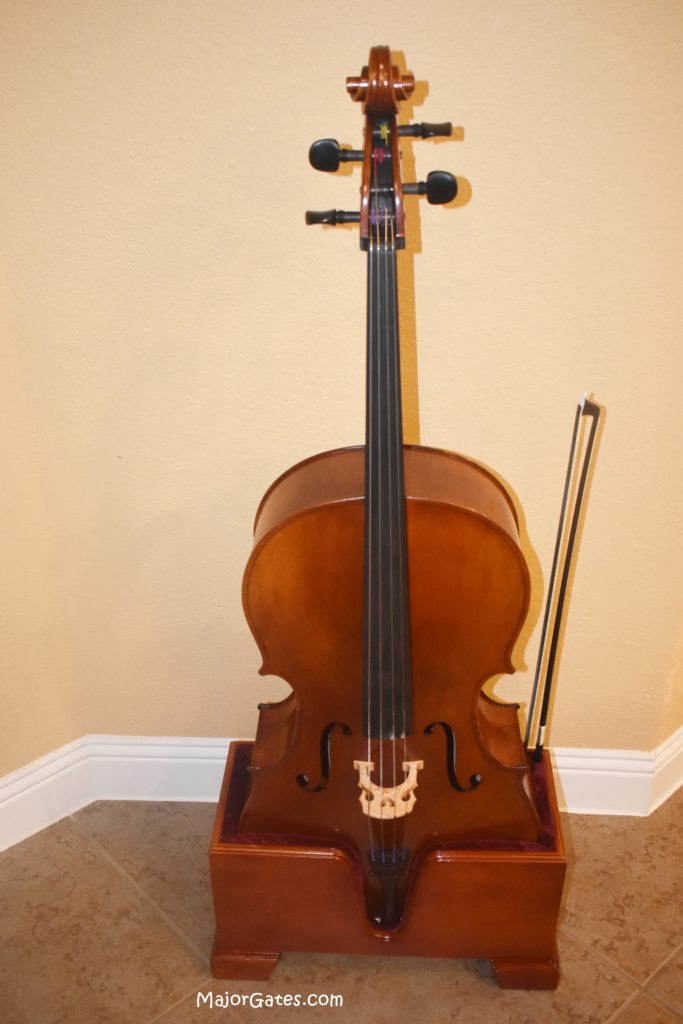
Renting Versus Purchasing A Cello
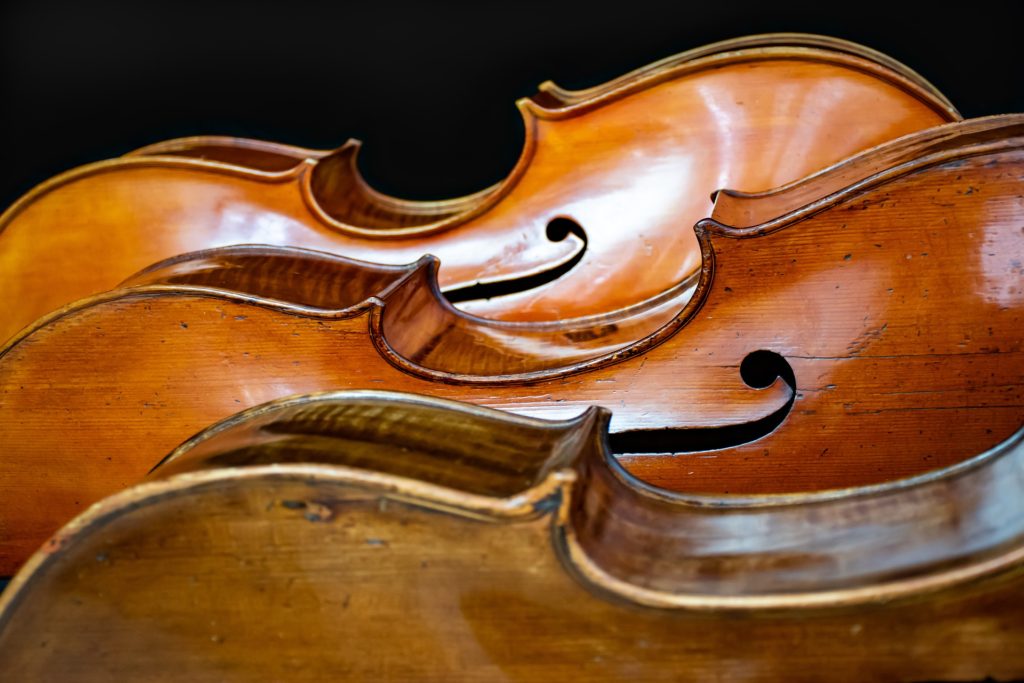
I would recommend renting the cello before purchasing. When children select an instrument, they may or may not stick with it. So before you invest thousands of dollars into a cello, make sure they are passionate about sticking with it. This includes going to lessons or virtually taking lessons and practicing at least 5 days a week for at least 30 minutes.
Consider the family activity load before purchasing a cello. There are pros and cons with renting and purchasing.
Renting Considerations
- Fees are between $35-$60 per month. Most stores will apply your rental fees to the purchase of any instrument (in case your child changes instruments)
- You can stop at any time with a 30-day notice (this can vary due to your contract). Then you are only out the costs of the months that you rent and accessories.
- Free string replacement and maintenance. This comes with most rentals. So if a string pops, you just take it to the store and they replace it.
- Instruments are insured and if it is not working as it should, they just swap out for another one.
- The instrument comes with a bow, rosin, polishing cloth and case. This is all sold separately when you flat purchase.
Purchasing Considerations
- Purchase price for a good instrument starts at $3,000. You will find plenty of instruments cheaper but the quality of the instrument is usually poor. For many people, they find out later these purchases were just a waste of money. The range for a good instrument is $3,000 – $6,000.
- You own the instrument, so string replacements and maintenance are upon the owner. I do recommend getting the warranty program many shops offer. These programs often offer string replacement, instrument inspections and cleaning.
- When you own the instrument, the price you pay only is for the instrument. You will have to buy the case and bow separately.
- Deciding to purchase an instrument is a big investment, but if you come to this point, the instrument you select usually is a much better quality instrument. If you have a cello teacher, I advise that you review your planned purchase with the teacher. Allow them to hear the instrument, even if it is over the phone. Teachers have a great ear for sound and clarity and that is what you need before you buy.
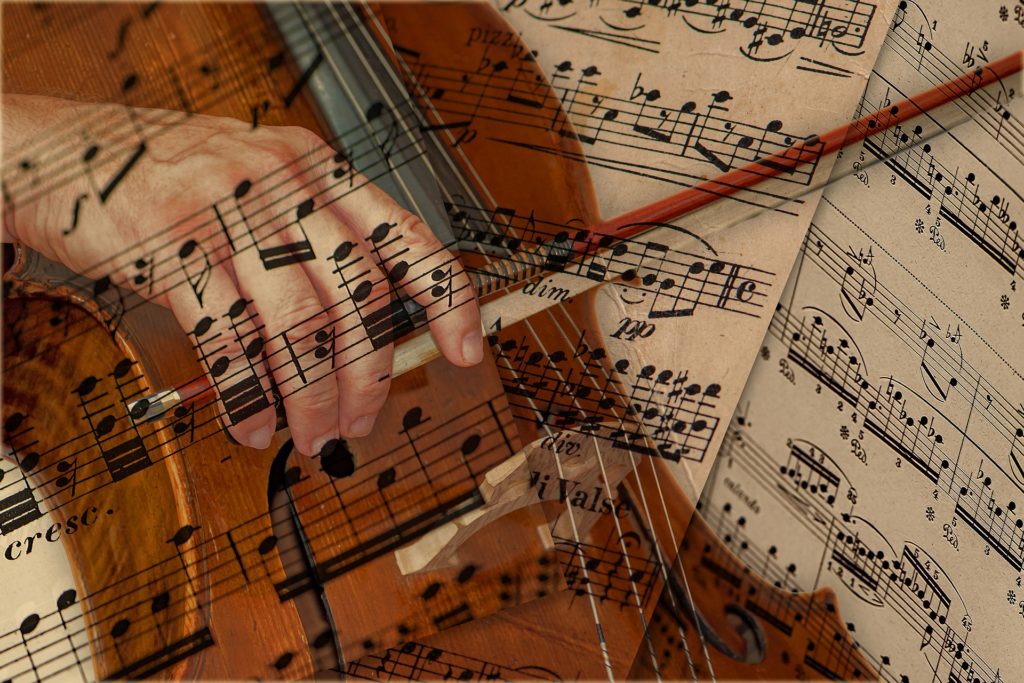
To learn more about getting started with the violin, click here: https://majorgates.com/do-it-yourself/getting-started-with-the-violin/
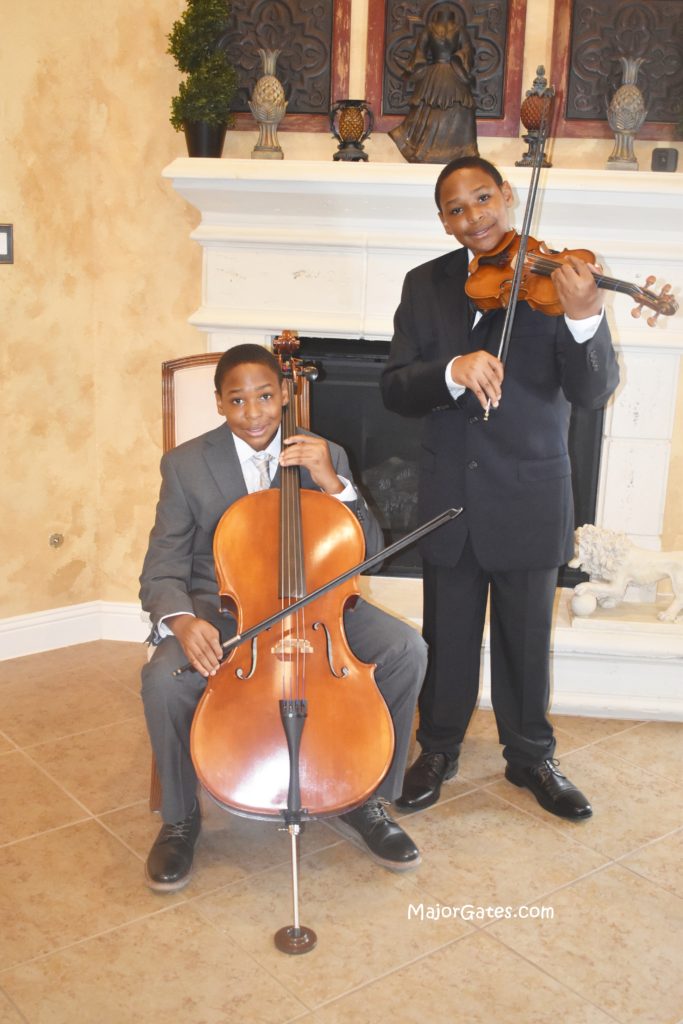
To see my available Jeopardy/Trivia Party Downloads, click here: https://majorgates.com/product-category/jeopardy-trivia/

